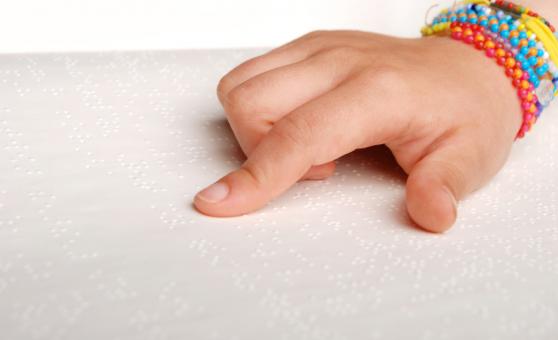
Deafblindness is a combined vision and hearing impairment of such severity that it is hard for the impaired senses to compensate for each other.
Unlike as is often thought, however, deafblind people are not necessarily completely deaf or completely blind. Most deafblind people can see or hear at least to some extent. Some may have part of both senses. A more pertinent term that is often used is vision and hearing impaired.
Causes of vision and hearing impairment
Vision and hearing impaired may be divided into two main groups, based on when the impairment has occurred: congenitally deafblind, since birth or early childhood and acquired deafblind those that have become deafblind later on.
The most common cause of vision and hearing impairment is the Usher syndrome. Other triggers can also be many other syndromes, such as the CHARGE syndrome.
Syndromes often cause impairment at an early age. As an adult, vision and hearing impairment is most often due to an injury or aging.
Identification requires a interdisciplinary approach
The sense of hearing in a person with normal senses unconsciously strengthens the incoming sensory information through the sense of vision, and vice versa. When both senses are impaired, it is hard for the combined vision and hearing impairment to compensate for each other. (The senses cannot complement each other, which leads to higher operational disadvantages to both individual senses.)
The identification of vision and hearing impairment requires the cooperation of both an ophthalmologist and an otolaryngologist. In health care, deafblindness is not recognised as a specific area, so interdisciplinary cooperation is essential. A child diagnosed with a hearing impairment often also has a vision test in order to rule out some syndromes. It also ensures that the child is able to compensate hearing loss with the sense of vision.
Sources:




